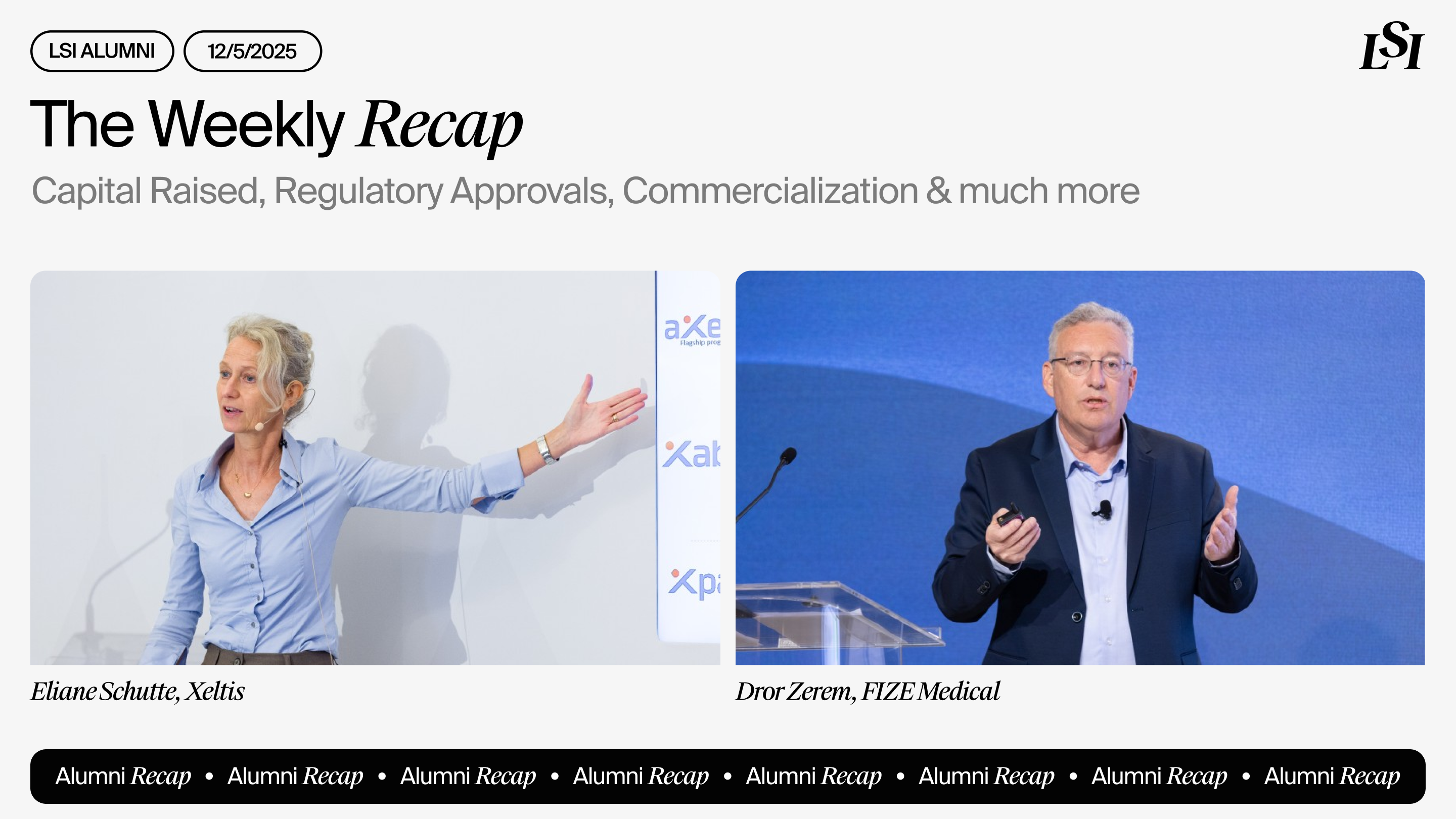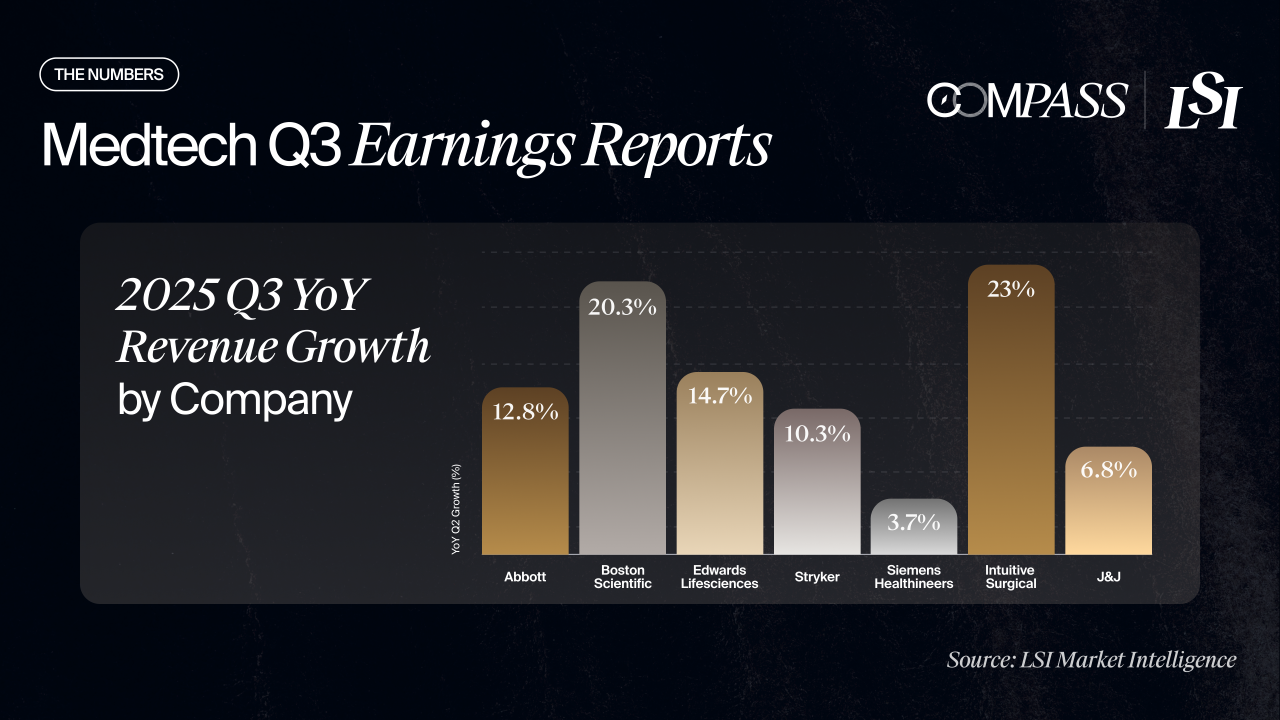
The medtech industry witnessed another significant shift in February 2025 as Teleflex made two major announcements that have the potential to reshape its future. On February 27th, Teleflex revealed plans to divide into two separate publicly traded entities, each focusing on different aspects of the business. In addition, the company announced that it would acquire BIOTRONIK’s vascular intervention business for approximately $791 million. This strategic move underscores Teleflex’s commitment to expanding its footprint in the vascular market.
As Teleflex transitions into this new phase, the focus shifts to understanding what this acquisition means for the company’s growth and the broader spinal cord stimulation market. The decision to integrate BIOTRONIK’s vascular intervention portfolio further strengthens Teleflex’s presence in the vascular access and interventional fields. But what does this deal signal about the company’s future and the landscape of the vascular market?
In this blog, we’ll dive into the details of Teleflex’s acquisition, examine the strategic reasons behind it, and explore the potential market dynamics it will influence.
The Business Segments Behind Teleflex’s Acquisition
Teleflex’s decision to split its operations into two distinct entities is designed to allow each unit to focus on its core markets more effectively. The new company, dubbed “NewCo,” will center on urology, acute care, and OEM businesses, while the other, “RemainCo,” will focus on vascular access, interventional, and surgical businesses. This division is expected to increase management focus and drive growth in their respective sectors.
Teleflex’s vascular business, a key segment within RemainCo, generated an estimated $1.32 billion in revenue in 2024 from its vascular access devices and interventional products. With the addition of BIOTRONIK’s vascular intervention business, Teleflex is well-positioned to capitalize on the expanding vascular market—particularly in the interventional space, which saw a 14.6% year-over-year growth in 2024.
Growth Opportunities in the Vascular Market
The vascular market, particularly the peripheral vascular and interventional cardiology segments, presents tremendous growth potential. According to LSI’s Market Analysis and Projections, the interventional cardiology devices market is projected to grow at a compound annual growth rate (CAGR) of 6.5%, while the peripheral vascular/endovascular market is forecasted to grow at 7.3% CAGR from 2024 to 2029. These growth figures exceed the global medtech industry’s 6.6% CAGR during the same period.
One of the key factors contributing to this growth is the increasing prevalence of peripheral arterial disease (PAD), which now affects an estimated 250 million people globally. As healthcare providers continue to adopt more effective revascularization techniques, the demand for innovative vascular devices will continue to rise. The acquisition of BIOTRONIK’s vascular business positions Teleflex as a stronger player in these high-growth medtech segments.
Teleflex’s Strength in the Market
Teleflex’s well-established brand portfolio—which includes its flagship products like Arrow for vascular access, LMA for airway management, and UroLift for interventional urology—has earned the company substantial market share across multiple sectors. This broad, diversified portfolio has helped mitigate risks by reducing dependency on any single product or market segment.
The company’s ongoing commitment to innovation and successful acquisition strategy, such as this deal with BIOTRONIK, underscores its growth-focused approach. The deal also positions Teleflex to compete more effectively against other major players in the interventional and vascular space, including Abbott, Boston Scientific, and Medtronic.
Key Business Units to Watch
As Teleflex focuses on its restructured businesses, it’s important to understand the potential for growth in specific segments:
- NewCo’s Urology and Acute Care Markets: NewCo will handle Teleflex’s interventional urology, acute care, and OEM businesses, which generated $1.73 billion in 2024. The urology devices market, particularly for benign prostatic hyperplasia (BPH) treatments, continues to show strong growth, with Teleflex commanding about 90% of the $360 million global market. The acute care segment is also poised for expansion within the $10.1 billion anesthesia and critical care device market.
- RemainCo’s Vascular Business: The vascular access and interventional segments, now bolstered by the BIOTRONIK acquisition, have shown strong growth, particularly in the peripheral vascular devices market, valued at $7.8 billion in 2024. This market is expected to nearly double by 2030, fueled by the increased adoption of safer and more effective revascularization techniques.
Strategic Restructuring to Capitalize on Market Opportunities
Teleflex’s restructuring follows a broader trend in the medtech industry, where companies like Stryker, Medtronic, and Zimmer Biomet have also implemented strategic divestitures and spinoffs to maximize growth potential. Similar to Stryker’s recent move to sell its spinal implants business, Teleflex is positioning itself to capture more market share in high-growth areas by creating more focused entities.
Teleflex’s restructuring is an effort to simplify operations and create more nimble companies that can adapt to the ever-evolving market dynamics. By focusing on high-growth, specialized markets, Teleflex aims to achieve better outcomes and capture untapped potential in areas like vascular access, urology, and peripheral vascular devices.
Teleflex’s Acquisition: A Sign of Greater Things to Come
As Teleflex prepares to close its acquisition of BIOTRONIK’s vascular intervention business in Q3 2025, the company is also primed to make waves in the vascular device and spinal cord stimulation markets. With this acquisition, Teleflex not only strengthens its position in the vascular market but also signals its intention to drive further expansion and growth through strategic investments in high-demand medtech markets.
Companies to Watch in the Vascular and Spinal Cord Stimulation Markets
As Teleflex looks to accelerate its growth, we are also tracking other emerging companies in the vascular and spinal cord stimulation spaces:
- STENTiT: This early-stage company is focused on developing regenerative endovascular implants that activate the body’s natural healing process to restore arteries.
- Butterfly Medical: Specializing in minimally invasive devices for BPH, Butterfly Medical is developing a next-generation implant that offers improved procedural simplicity.
As these companies and others continue to innovate, the competition in both the vascular and spinal cord stimulation markets will intensify, creating new opportunities for growth and improved patient outcomes.
Conclusion
Teleflex’s acquisition of BIOTRONIK’s vascular intervention business is an exciting development for the company and the broader healthcare landscape. With a focus on expanding its footprint in the vascular space and restructuring to better address market demands, Teleflex is well-positioned to accelerate growth and capitalize on new opportunities. As the spinal cord stimulation market continues to evolve, Teleflex’s strategic moves will undoubtedly have an impact, further strengthening its competitive position in the industry.
Stay Ahead with LSI Market Intelligence
Gain access to the latest data and insights driving the medtech industry. Explore our Global Procedure Volumes Database to stay informed on key market trends and make data-driven decisions.

Schedule an exploratory call
Request Info17011 Beach Blvd, Suite 500 Huntington Beach, CA 92647
714-847-3540© 2025 Life Science Intelligence, Inc., All Rights Reserved. | Privacy Policy










